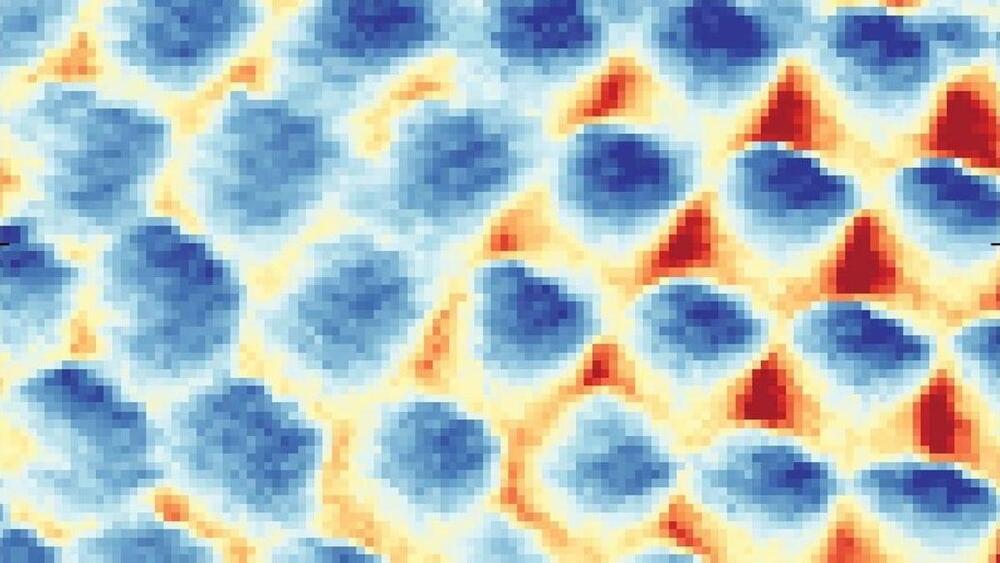Peter Higgs, who gave his name to the subatomic particle known as the Higgs boson, has died aged 94. He was always a modest man, especially when considering that he was one of the greats of particle physics—the area of science concerned with the building blocks of matter.
Category: particle physics – Page 237
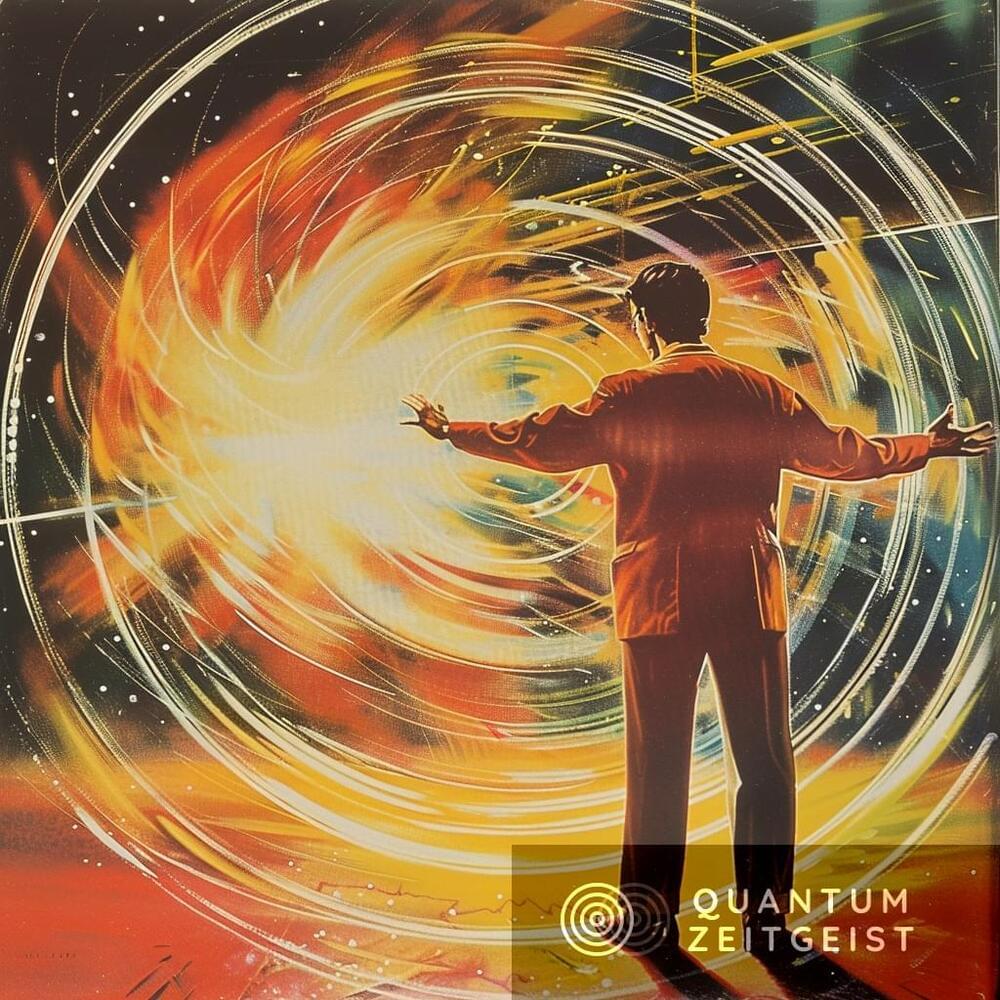
Exploring Quantum Teleportation: Qubit Transfer With Exotic Entangled States
Quantum teleportation is a process by which quantum information can be transmitted from one location to another, with the help of classical communication and previously shared quantum entanglement between the sending and receiving location. This process is not to be confused with teleportation as depicted in science fiction, where matter is instantaneously transported from one location to another. Instead, quantum teleportation involves the transfer of quantum states between particles at different locations without any physical movement of the particles themselves.
In a recent study by Isiaka Aremua and Laure Gouba, the researchers explored the teleportation of a qubit using exotic entangled coherent states. A qubit, or quantum bit, is the basic unit of quantum information. It is a quantum system that can exist in any superposition of its two basis states. The researchers used a system of an electron moving on a plane in uniform external magnetic and electric fields to construct different classes of coherent states.
Coherent states are specific states of a quantum harmonic oscillator. They are often described as the quantum equivalent of classical states because they closely resemble the behavior of classical particles. In the context of quantum teleportation, coherent states are used to form entangled states, which are crucial for the teleportation process.
Are Fundamental Constants Fundamental? | Peter Atkins and Jim Baggott
Peter Atkins discusses the ideas in his book ‘Conjuring the Universe’ with fellow science writer Jim Baggott. They discuss how fundamental the various constants of the universe truly are.
https://global.oup.com/academic/produ…
Professor Peter Atkins is a fellow of Lincoln College in the University of Oxford and the author of about seventy books for students and a general audience. His texts are market leaders around the globe. A frequent lecturer in the United States and throughout the world, he has held visiting professorships in France, Israel, Japan, China, and New Zealand. He was the founding chairman of the Committee on Chemistry Education of the International Union of Pure and Applied Chemistry and was a member of IUPAC’s Physical and Biophysical Chemistry Division. Peter was the 2016 recipient of the American Chemical Society’s Grady-Stack Award for science journalism.
Jim Baggott is a freelance science writer. He was a lecturer in chemistry at the University of Reading but left to work with Shell International Petroleum Company and then as an independent business consultant and trainer. His many books include Mass: The quest to understand matter from Greek atoms to quantum fields; Higgs: The Invention and Discovery of the ‘God Particle’; and The Quantum Story: A History in 40 Moments.
© Oxford University Press

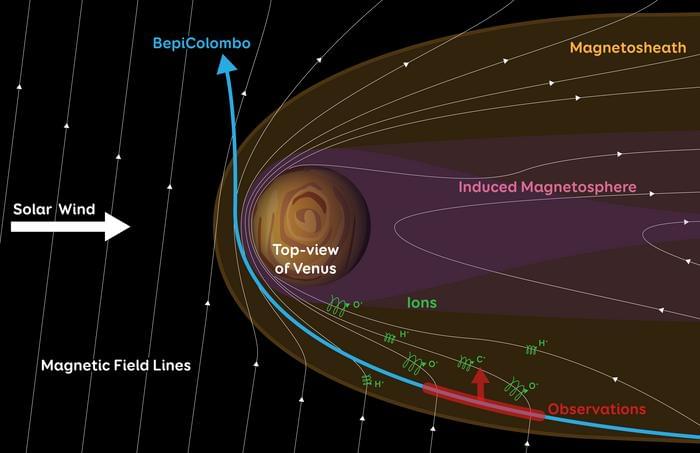
BepiColombo Mission Offers New Insights into Venus’s Atmospheric Loss
How much of Venus’s atmosphere is being stripped by the Sun, and what can this tell us about how the planet lost its water long ago? This is what a recent study published in Nature Astronomy hopes to address as a team of international researchers examined data obtained from a 2021 Venus flyby by the BepiColombo spacecraft, which is a joint mission between the European Space Agency (ESA) and Japan Aerospace and Exploration Agency (JAXA) currently en route to Mercury. This study holds the potential to help researchers better understand the formation and evolution of planetary atmospheres, both within our solar system and beyond.
“Characterizing the loss of heavy ions and understanding the escape mechanisms at Venus is crucial to understand how the planet’s atmosphere has evolved and how it has lost all its water,” said Dr. Dominique Delcourt, who is a CNRS researcher at the Plasma Physics Laboratory (LPP) and the Principal Investigator of the Mass Spectrum Analyzer (MSA) instrument onboard BepiColombo, and a co-author on the study.
During its journey to Mercury, BepiColombo needs to conduct several gravity assists to slow down enough to enter Mercury’s orbit, with one such gravity assist occurring at Venus on August 10, 2021. During this flyby, BepiColombo passed through Venus’s magnetosheath, which is Venus’s version of a weak magnetic field that is produced by charged particles from the Sun interacting with Venus’s upper atmosphere. Over the course of 90 minutes, BepiColombo and its powerful instruments successfully measured data on how much atmospheric loss Venus is currently experiencing, which could help researchers better understand the formation and evolution of Venus’s atmosphere, and specifically how the planet lost its water long ago.
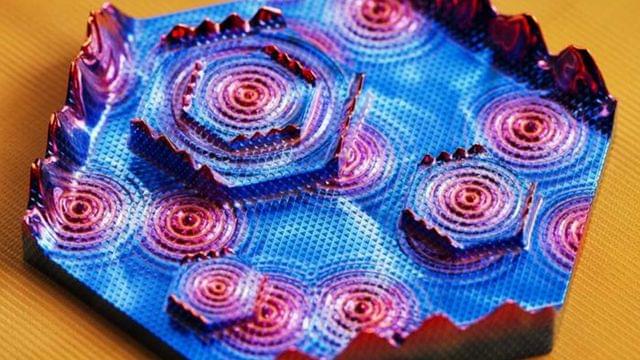
Novel Quantum Effect Observed in a Crystalline Material
Physicists have observed a novel quantum effect termed “hybrid topology” in a crystalline material. This finding opens up a new range of possibilities for the development of efficient materials and technologies for next-generation quantum science and engineering.
The finding, published on April 10th in the journal Natur e, came when Princeton scientists discovered that an elemental solid crystal made of arsenic (As) atoms hosts a never-before-observed form of topological quantum behavior. They were able to explore and image this novel quantum state using a scanning tunneling microscope (STM) and photoemission spectroscopy, the latter a technique used to determine the relative energy of electrons in molecules and atoms.
This state combines, or “hybridizes,” two forms of topological quantum behavior—edge states and surface states, which are two types of quantum two-dimensional electron systems. These have been observed in previous experiments, but never simultaneously in the same material where they mix to form a new state of matter.
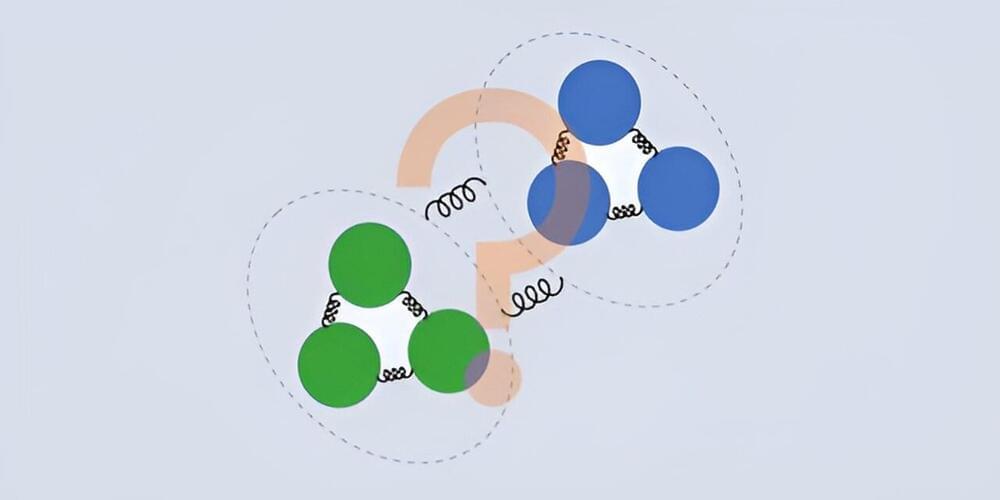
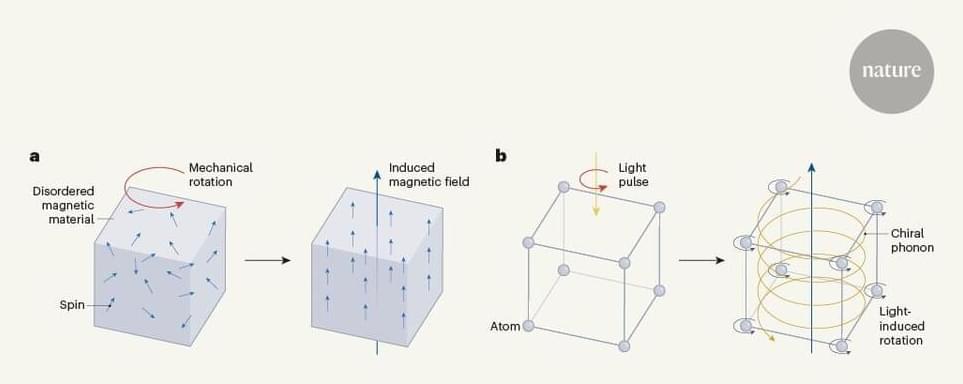
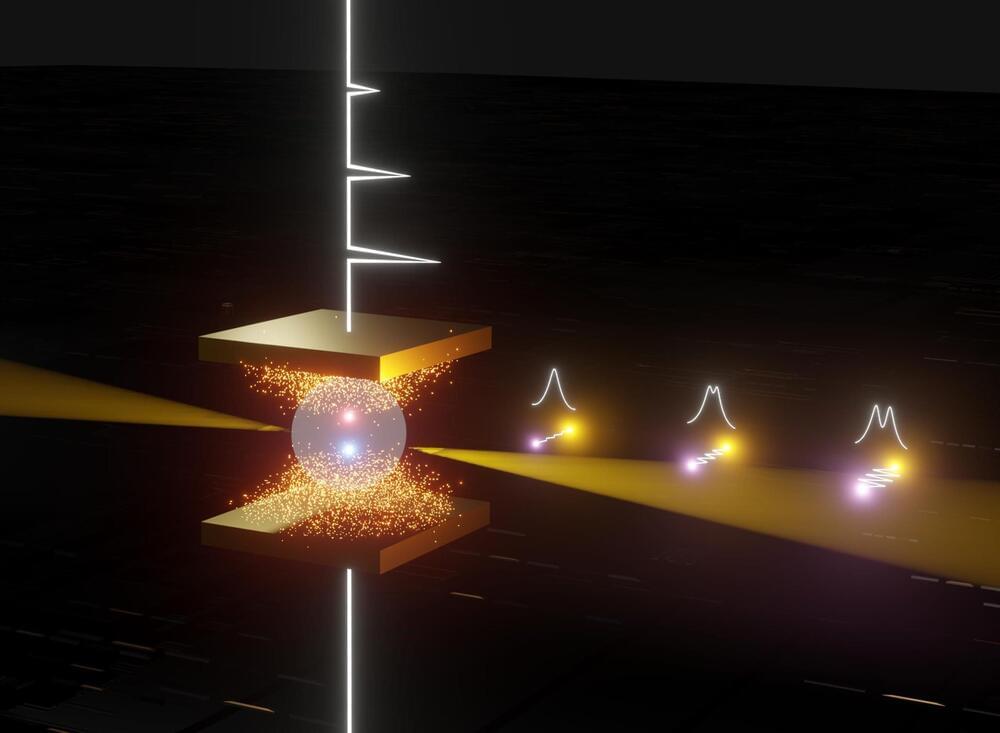
Light-Matter Particle Breakthrough Could Change Displays Forever
POSTECH researchers have created a technique for controlling polaritons, which could lead to advancements in optical displays and various optoelectronic devices.
A research team consisting of Professor Kyoung-Duck Park and Hyeongwoo Lee, an integrated PhD student, from the Department of Physics at Pohang University of Science and Technology (POSTECH) has pioneered an innovative technique in ultra-high-resolution spectroscopy. Their breakthrough marks the world’s first instance of electrically controlling polaritons—hybridized light-matter particles—at room temperature.
Novel Characteristics of Polaritons.
